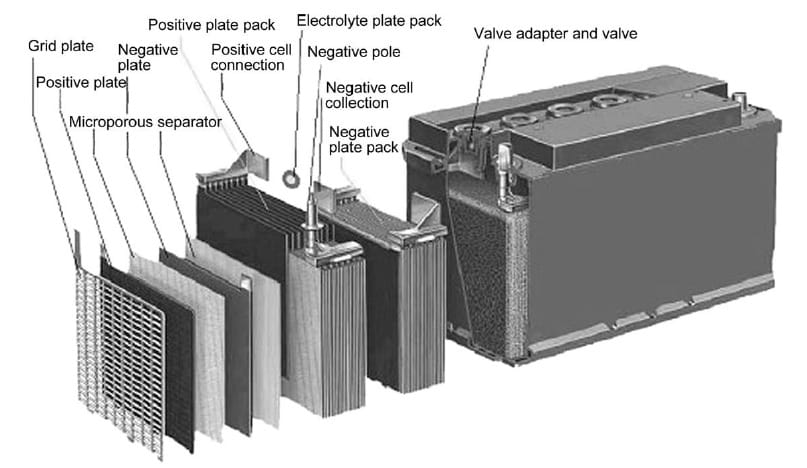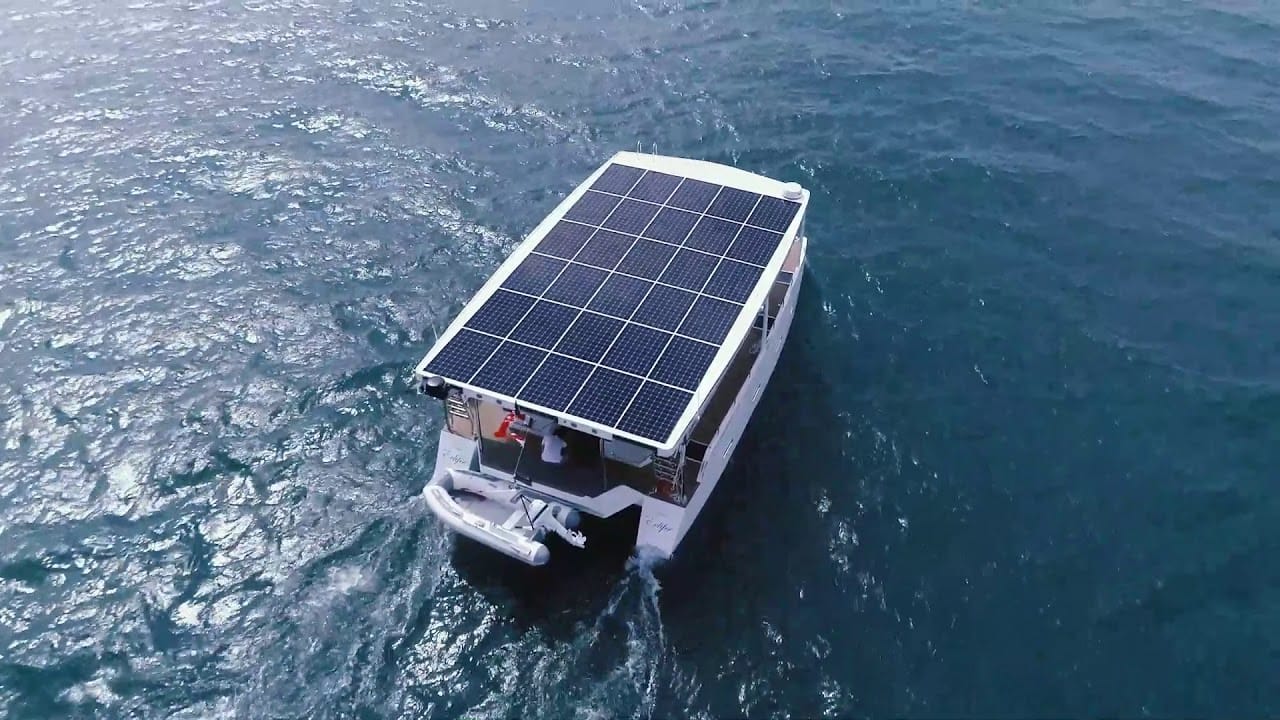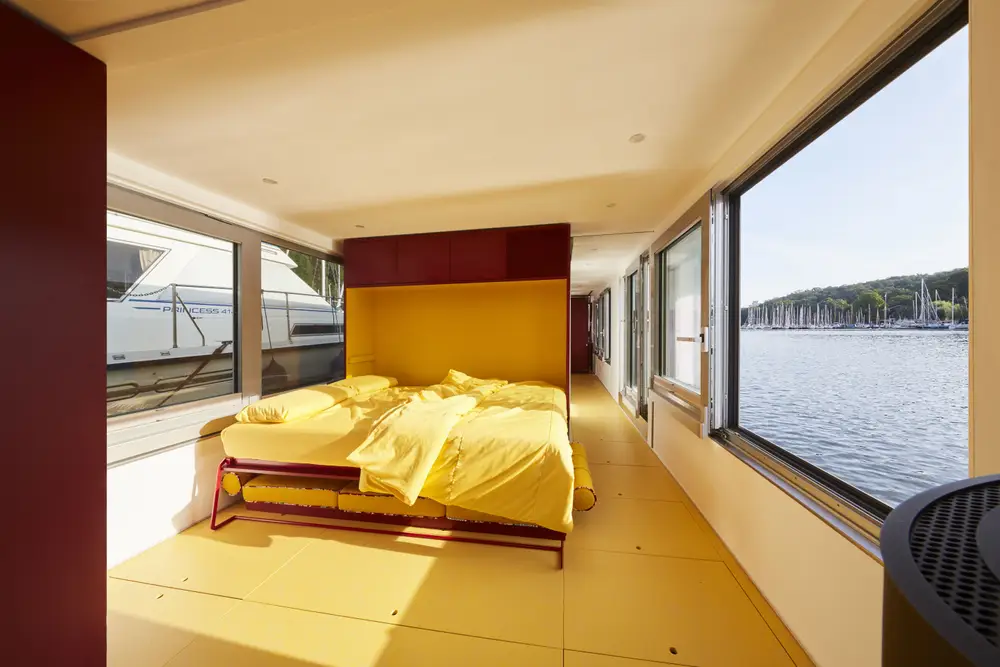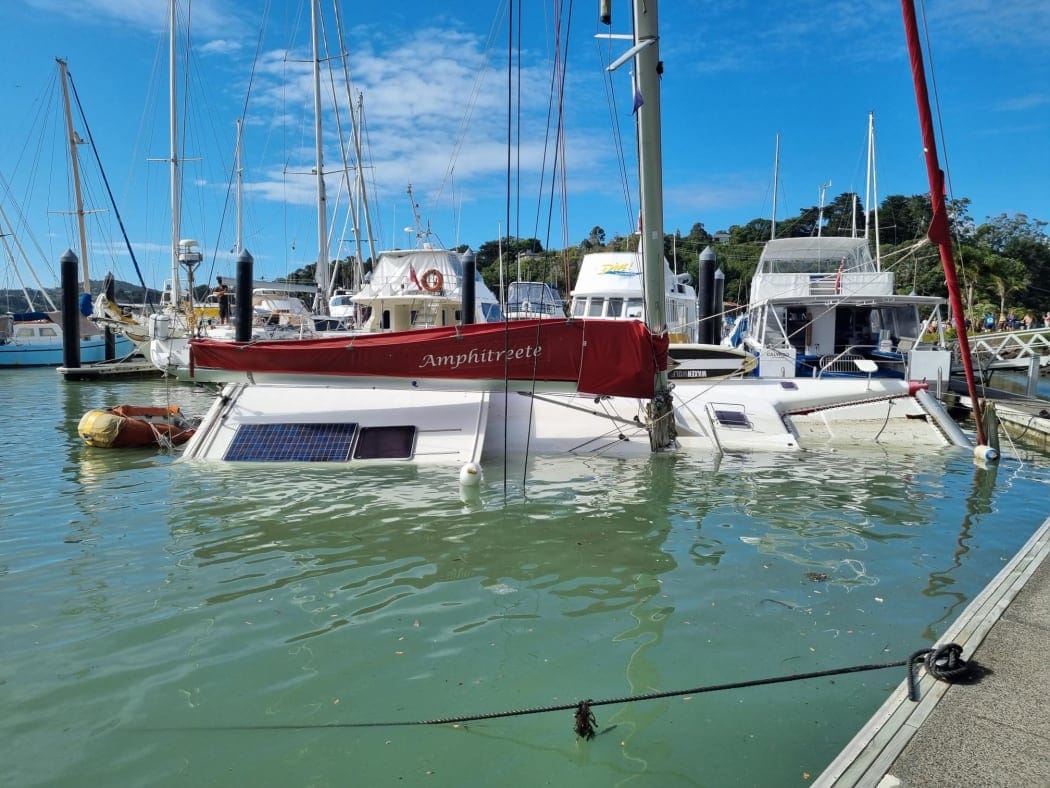Exploring the Attractions and Realities of China's Solar Powered Electric Houseboat
The transparent walls not only contribute to the spacious feel but also serve as a window to the surrounding environment.

Introduction
The concept of a solar-powered electric houseboat from China is undeniably captivating. In a world increasingly drawn to sustainable living and innovative transportation solutions, the allure of a floating house powered by the sun raises questions about feasibility, practicality, and the potential for embracing a life on the water. In this exploration, we delve into the intricacies of this enigmatic electric houseboat, balancing the dreamlike vision with a pragmatic examination of its features, technical specifications, and the cautious considerations surrounding such unconventional investments.
The Design: A Floating Paradise
The design of this solar-powered electric houseboat sets it apart from the often immoderate and impractical electric vehicles we've come across. Encased in transparent walls, the houseboat aims to eliminate the claustrophobic feeling often associated with confined spaces, offering occupants an unobstructed view of the water. The marriage of aesthetics and functionality is evident in the layout, with a combined living room and kitchenette forming the heart of the dwelling.


Image Ref: The Transparent Design
The transparent walls not only contribute to the spacious feel but also serve as a window to the surrounding environment. Whether peacefully cruising down a river or secured to a dock, the houseboat promises a connection with nature that traditional living spaces often lack. A beautiful porch off the living room adds to the charm, doubling as a relaxation spot or a swim deck. The bedroom, complete with its own smaller porch, enhances the overall living experience, blurring the lines between indoor and outdoor spaces.
Technical Specifications
While the design of the houseboat is visually appealing, the lack of detailed technical specifications raises crucial questions. The electric outboard that powers the boat remains shrouded in mystery, with no information provided regarding its model, power, or efficiency. The success of an electric houseboat heavily relies on the reliability and performance of its propulsion system, making these details essential for potential buyers.

Similarly, information about the battery bank is scarce, leaving us to speculate that it may consist of sealed lead-acid (SLA) batteries, potentially doubling as a stable ballast for the boat. The adequacy of the battery bank, along with its charging and discharging capabilities, is critical for sustaining the houseboat's energy needs during both short voyages and more extended journeys.

The solar panel array adorning the roof presents a visually striking feature. However, the lack of information on its power and efficiency leaves potential buyers in the dark regarding the boat's dependence on solar energy. For a vessel that may not cover great distances or travel for extended periods, the solar panels might be sufficient for shorter journeys. Yet, the prospect of irregular charging stops on longer journeys adds a layer of complexity to the houseboat's practicality.
The Confusing Measurement: 40 Inches or 40 Feet?
The listing's confusing measurement of the houseboat's length, stated as 40 inches (1 meter), introduces a confusing uncertainty that demands clarification. Presuming this to be a typographical error, it is reasonable to assume that the intended measurement is 40 feet (12 meters). A vessel with a length of merely 40 inches would be impractical and highly unusual, raising doubts about the accuracy of the information provided. If the stated length of 40 inches is indeed an error, potential buyers need assurance regarding the boat's true dimensions, as it significantly influences the overall value proposition. The importance of resolving this discrepancy lies in the transparency necessary for informed decision-making, ensuring that buyers can assess the cost-effectiveness of the investment based on the accurate size of the solar-powered electric houseboat.

The potential confusion surrounding the houseboat's length not only impacts its perceived practicality but also contributes to uncertainties regarding the $130,000 price tag per square foot. Assuming a standard houseboat length of 40 feet, this price per square foot would align more closely with market expectations. However, if the boat is indeed a mere 40 inches long, the excessive price raises serious concerns about the investment's justification. Fixing this measurement difference is crucial, providing prospective buyers with the clarity needed to evaluate the houseboat's true dimensions, cost, and overall value in the context of their envisioned aquatic lifestyle.
Navigating Risks: A Cautionary Tale
The charm of a solar-powered electric houseboat from China is undeniably tempting. Still, caution must prevail, especially considering the lack of detailed technical information and the past experiences, who mention having bought an electric boat from China before. While exploring unconventional offerings is an exciting endeavor, the uncertainties surrounding an untested investment, particularly one with a significant price tag, necessitate thorough research and careful consideration.

The prospect of procuring a houseboat without physical inspection and comprehensive technical details raises red flags. Potential buyers must exercise caution and conduct due diligence before committing to such a substantial investment. Past experiences with electric boats from China underscore the importance of approaching such transactions with prudence, ensuring that the dream of a solar-powered electric houseboat does not turn into a nightmare of unforeseen challenges.
Conclusion
In conclusion, the solar-powered electric houseboat from China sparks the imagination with its alluring design and the promise of sustainable living on the water. However, the lack of detailed technical specifications, the confounding boat length measurement, and the cautionary advice based on past experiences underscore the need for prospective buyers to approach this investment with a discerning eye.
While the concept of a solar-powered electric houseboat is undeniably captivating, relishing this dream from a distance may be the wisest course of action. The beautiful rendering of the houseboat should be enjoyed from the comfort of screens, allowing the allure to persist without exposing oneself to the uncertainties associated with an untested and potentially risky investment. As we navigate the waters of innovation and unconventional living, let's cherish the charm without compromising the stability of the solid ground beneath our feet.





